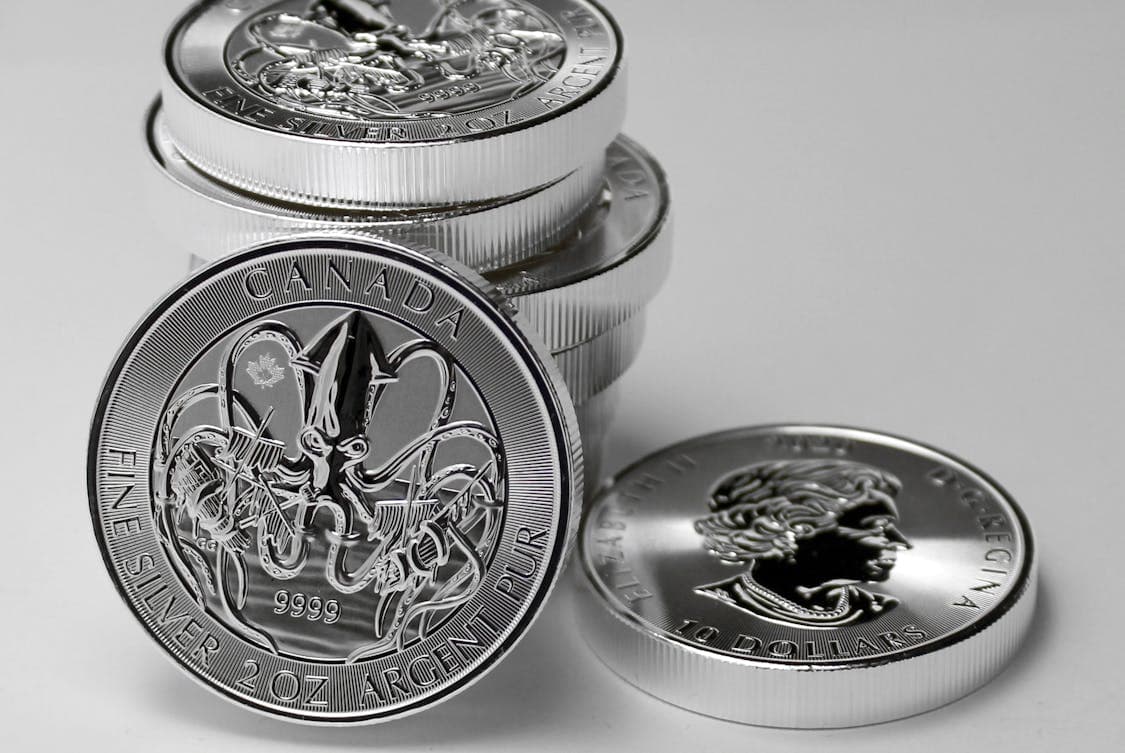Bullion refers to precious metals, primarily gold and silver, that are traded based on their weight and purity rather than their nominal value as currency.
Investors have long viewed bullion as a safe haven, a hedge against inflation, and a way to diversify their portfolios. The intrinsic value of bullion comes from its physical characteristics and the demand-and-supply dynamics within the market.
The Historical Context of Bullion
Historically, bullion has played a vital role in global economies. Gold and silver coins were once staple currencies, representing wealth and prosperity.
Over centuries, societies have revered these metals for their rarity and ability to retain value. This historical significance continues to influence modern perceptions and investment strategies involving bullion.
Current Market Trends
In recent years, the prices of bullion have fluctuated significantly due to various economic factors. Central banks’ monetary policies, inflation rates, and geopolitical tensions can sway prices dramatically.
When the economy appears unstable, many investors flock to bullion, driving prices higher. Conversely, periods of economic stability often lead to decreased demand.
Factors Influencing Bullion Value
Supply and Demand
As with any commodity, the basic law of supply and demand largely dictates the price of bullion. When demand outpaces supply, prices typically rise.
Conversely, an abundance of available bullion can depress prices. For instance, mining outputs significantly impact silver and gold prices; new discoveries or technological advancements can increase supply.
Economic Indicators
Economic indicators, such as inflation rates and employment data, influence investor sentiment and, consequently, bullion prices.
Higher inflation often prompts investors to turn to gold and silver as safe-haven assets, driving prices upward. Conversely, strong economic performance can lead to a decrease in bullion value, as risk appetite increases.
Geopolitical Events
Global political uncertainty and conflicts can create unrest in financial markets. Investors often seek refuge in bullion during these times, causing demand and, thus, prices to surge.
Events such as elections, wars, and international relations can all impact bullion values significantly.
Currency Value
The strength of the U.S. dollar plays a critical role in the valuation of bullion. Bullion prices typically move inversely to the dollar’s value.
A weaker dollar makes bullion more attractive to foreign investors, pushing prices higher. Conversely, a stronger dollar can lead to lower bullion prices.
Types of Bullion
Gold Bullion
Gold bullion is often seen as the king of precious metals. It is available in various forms, including coins, bars, and rounds. Gold coins, such as the American Gold Eagle or the Canadian Gold Maple Leaf, are popular among investors.
Gold bars, typically produced by well-known mints, are often purchased in larger quantities for investment purposes.
Silver Bullion

Silver bullion offers a more affordable alternative to gold. Silver coins and bars have gained popularity among both collectors and investors.
The silver market is influenced by industrial demand in addition to the traditional role of being a store of value. Factors such as advancements in technology and green energy can impact silver prices significantly.
Investing in Bullion
Physical vs. Paper Bullion
Investors often face a choice between physical bullion and paper bullion. Physical bullion involves tangible assets like coins and bars, which require secure storage.
Paper bullion involves ETFs (Exchange-Traded Funds) or certificates that track the value of bullion without the necessity of physical ownership.
Each option has distinct advantages and drawbacks, making personal preference an important factor.
Risks and Rewards
Investing in bullion comes with inherent risks. Prices can be volatile, impacted by numerous external factors. While many view bullion as a safe haven, its value can fluctuate significantly, affecting short-term investments.
Long-term investors often find comfort in the historical trends that show bullion retaining value over time.
Bullion Storage and Security
For physical bullion investors, adequate storage and security are vital considerations. Safe deposit boxes or secure home safes are popular options.
When choosing storage, investors must consider both safety and accessibility. An investment in bullion is not just a financial decision; it also involves logistical planning.
The Role of Bullion Dealers
Finding Reputable Dealers
When purchasing bullion, selecting a reputable dealer is paramount. Fraudulent dealers can undermine the confidence of investors.
Researching dealers, reading reviews, and verifying their business practices can help safeguard investments.
If you’re looking for a trusted source to buy gold or silver, Money Metals is a well-regarded option among experienced investors. Trusted dealers often provide certificates of authenticity, ensuring the quality of the bullion being purchased.
Understanding Premiums
Bullion is often sold at a premium above the spot price, which is the market price for the metal itself. This premium covers production costs, dealer markups, and other expenses.
Understanding these premiums can help investors assess the true cost of their investment. Prices can vary significantly among different dealers, so comparison shopping is advisable.
Future of Bullion Investment
Market Predictions
Forecasting bullion prices involves complex analysis. Analysts consider numerous variables, such as inflation rates, global economic stability, and investor behavior.
While many predict continued interest in bullion due to economic uncertainties, opinions vary regarding the extent of future price movements. Staying informed about market trends and economic indicators can help investors make educated decisions.
Diversification Strategies
Incorporating bullion into an investment portfolio can offer valuable diversification. As markets fluctuate, bullion may provide stability that balances more volatile assets.
Investors should evaluate their risk tolerance and investment goals when considering how much bullion to include in their portfolios.





